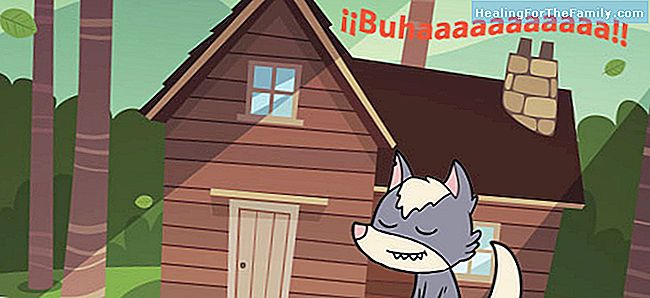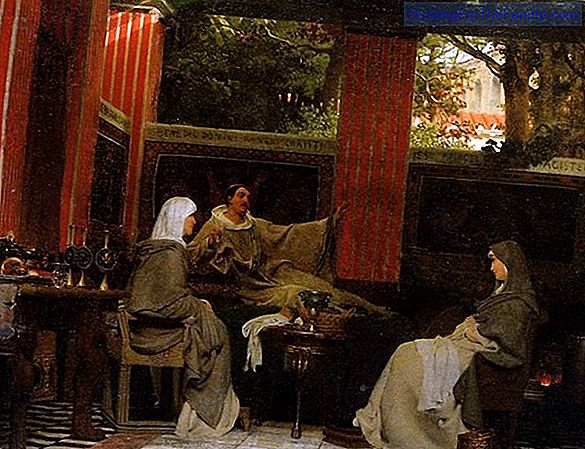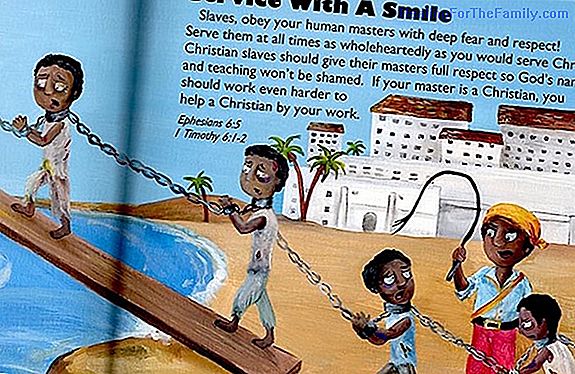Fable of the Wolf, the mother and the child. Fable for children of Aesop
Aesop's fables are a good way to teach values to children. With the fable of the Wolf, the mother and the child, we can teach the children that the way of acting often contradicts what we think or what we say, so we should not trust much of what is said, but only of the facts. Fable for children
Aesop's fables are a good way to teach values to children.
With the fable of the Wolf, the mother and the child, we can teach the children that the way of acting often contradicts what we think or what we say, so we should not trust much of what is said, but only of the facts.
Fable for children of Aesop. The wolf, the mother and the child

A hungry wolf wandered in search of food when he arrived at a cabin. Inside was a
child who cried and a mother who, while cradling him, said: - If you cry, my child, I will give you to the wolf.
Believing the wolf those words, he stayed
waiting in front of the house all day. Late at night, he heard the mother say to the child: - Do not be afraid, my child; If the wolf comes, we'll kill him.
Then the wolf went on his way, thinking that there are people who announce that they are going to do one thing, although then
they do another very different one. Morals
: Let us be firm in both our thoughts and our actions.Reading comprehension exercises
Reading comprehension is one of the most important steps in learning to read.
The comprehension of the whole text is basic so that the child can
motivate himself with reading. With these simple questions you can find out if your child has understood the
Aesop fable. - Why did the wolf wait at the door of the house?
- What did the mother say? But really what did he think?
- Why did the wolf go?
- Do you think it's a good thing to do the opposite of what you think?












